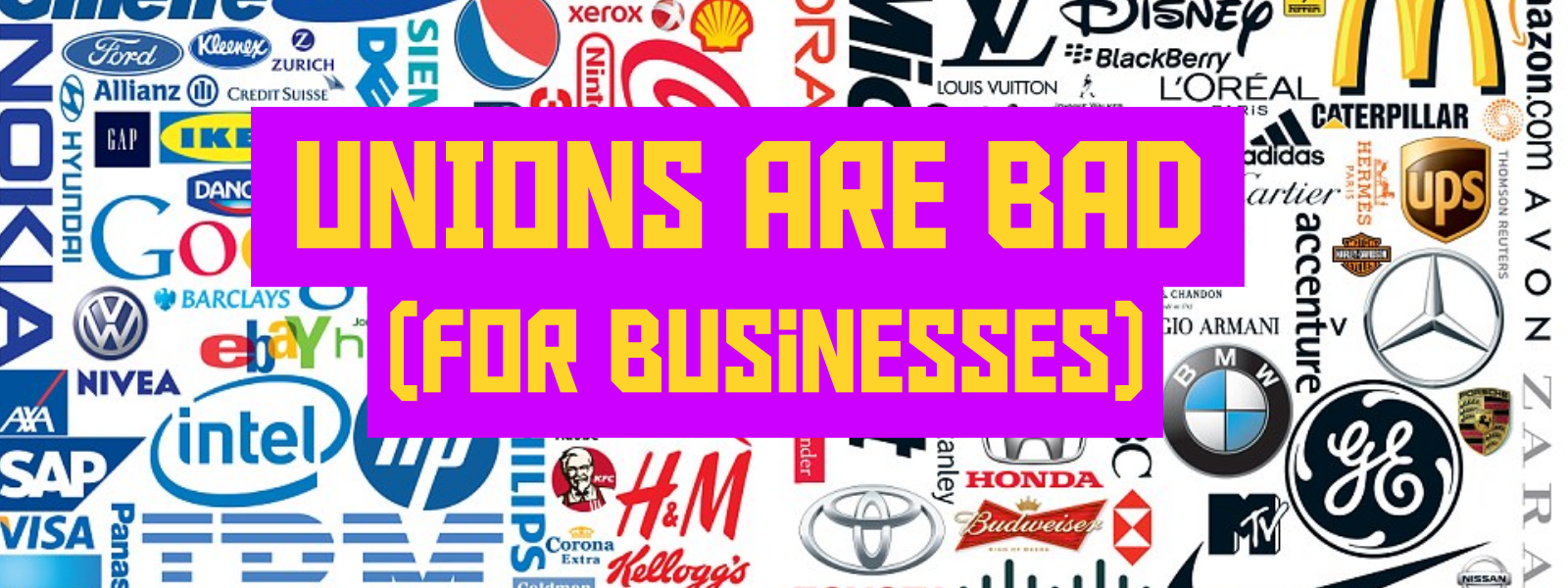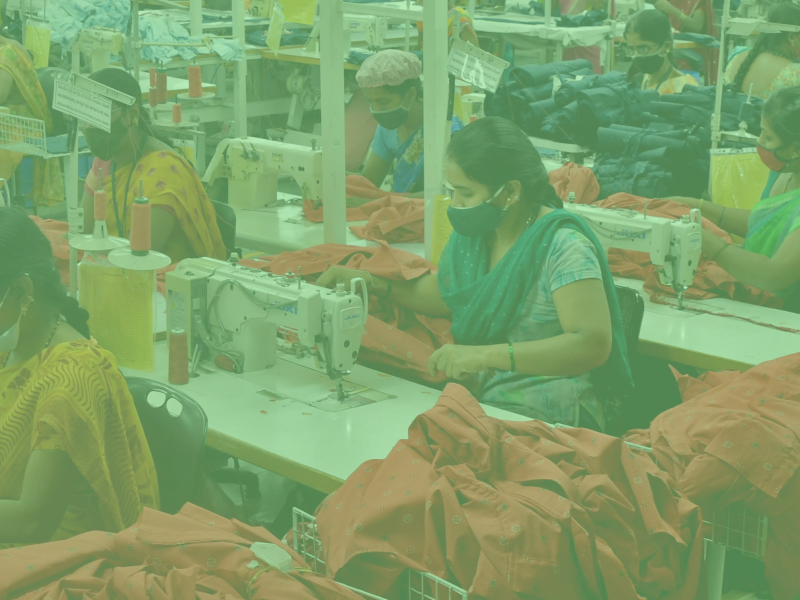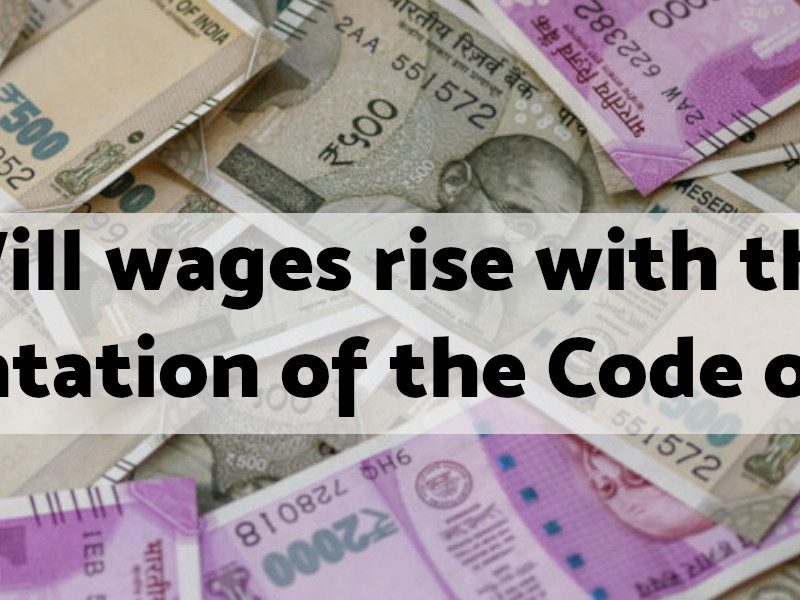The poster boy of capitalism Elon Musk, the CEO of Tesla and the world’s second-richest man openly challenged the United Auto Workers union to hold a union vote in its California based factory. Corporate funded media ran this news with fervour and just stopped short of declaring that the days of the unions and workers’ collective power was over. Is that really true? Are unions a thing of the past and employers are no longer afraid of unions?
The simple test to figure this out is to answer the following questions:
Does your employer:
- Prohibit distribution of pamphlets, union posters, holding legal rights awareness meeting etc. at the workplace
- Hold meetings where management offers incentives, promotions to workers or threatens them to prevent collective actions
- Engage in divisive practices on the shopfloor such as hiring workers under varying contracts (permanent, contract, casual, trainee, apprentice, etc) or from different regions (with different languages) or different castes or religion.
- Employ various surveillance methods on the shopfloor to prevent conversation among workers
- Snoop in the personal life of workers to assess if they are members of civil society organisations which support workers’ rights and/or their social media accounts to track if the worker opposes media campaigns/views of the company?
- Penalise workers who try to form a union by transferring them to difficult positions/locations, increasing their work responsibility, terminating their services arbitrarily?
If the answer to any of these is an Yes then your employer is not just scared of the collective power of workers, they are deeply anti-union.
When Elon Musk challenges the UAW does it then mean that Tesla is a paradise for workers and hence they do not need a union? No, Not at all. Tesla fired a union activist in 2018 and Elon Musk issued a threat to its workers that if they joined a union they would lose their stock options.
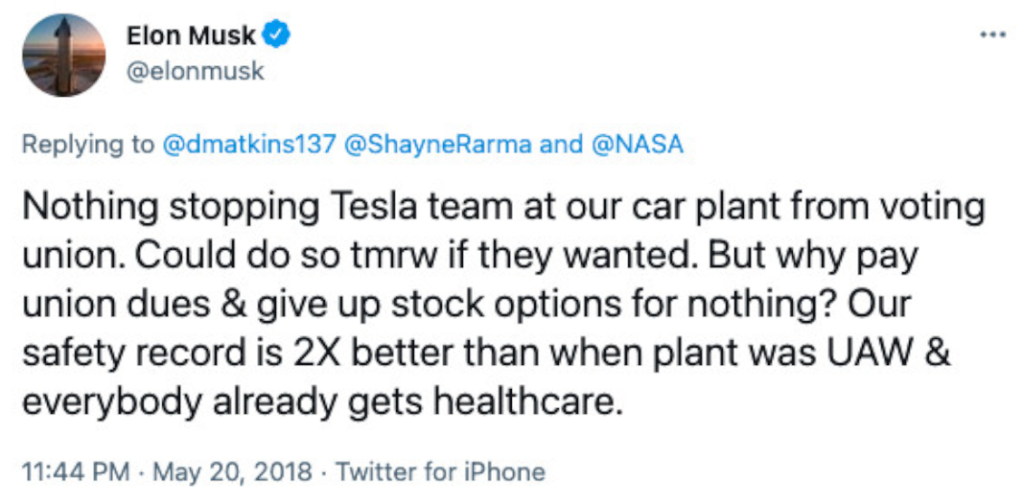
The National Labour Relations Board (NLRB) of the USA had found this threat in the form of a tweet in violation of workers’ Right to Freedom of Association and directed Tesla to reinstate the terminated union organiser as well as to rescind the 2017 rules that prohibited distributing union literature in the company parking lot after working hours and rules that barred distributing union stickers, leaflets and pamphlets without first obtaining permission. Thus Elon Musk is as scared as any other employer. But, the corporate media paints his image as a fearless capitalist against the obsolete unions.
Elon Musk or Tesla is not an isolated example. Amazon, owned by the world’s richest man – Jeff Bezos, tried its best to prevent the formation of a union at its largest warehouse in Staten Island in New York but lost the union vote. Amazon spent USD 5 million on lobbying and on hiring firms to expressedly prevent the formation of a union. It ran targeted anti-union ads on social media platforms, placed signs in bathrooms, and had traffic signals changed outside its New York warehouse where union activists would canvass. Despite all this, the union won the vote, and the company has approached the NLRB for a re-vote.
In 2019, Economic Policy Institute, a USA based think-tank reported that employers spend about $340 million a year on consultants to prevent unions from collectivising workers. This amount does not include the monies spent on anti-union propaganda through advertising and/or dilution of workers’ rights through lobbying with governments and political parties.
Employers hire detective agencies which specialise in background verification of worker. These employee background verification companies probe into worker’s life to find out if the person has a political leaning, has been a union member in the past or does show an inclination towards collectivising. Such people are then red-flagged and it becomes difficult for them to find employment. A google search responds with 13,60,00,000 results of which there are 20 ads on the first page claiming to be India’s best employee verification company.
This is not limited to big corporates or tech companies alone. Even a MSME do not want to hire workers who have been part of a union. It is not limited to just the workplace, workers identified as ‘troublemakers’ even find it difficult to find accommodation. In industrial clusters across Indian states – from gurgaon to oragudam, Surat to Dibrugarh union activists not just find it difficult to rent office space for a union, it is even difficult to find housing in working class neighbourhood if one is an organiser.
Employer are so afraid of workers’ power that they put measures in place to ensure that workers are denied their status and identity as workers altogether. To veil the employer-employee relationship, workers are termed independent contractors and volunteers, hired on fixed-term contracts and made to sign contracts forcing them to rescind their claim to benefits accrued to workers.
Why do employers fear unions?
From technology companies, to high end manufacturing companies, to government, to small shops to a household employing just one domestic worker, why is it that employers in all forms and sizes fear unions? The answer is easy but hard to digest given the long term misinformation campaign we have been subject to.
From Rockefeller to Elon Musk or Jeff Bezos in the USA, and Tata to Mukesh Ambani or Gautam Adani in India, they have amassed their wealth from the legal sanction they gain to exploit resources both human and natural in the most brazen way. There are no rags-to-riches stories about these few people who control the largest chunk of the global wealth as the corporate backed media wants us to believe. The rich only get richer by plundering collective resources for their profits. And even then when they fail, governments come their rescue. In the aftermath of the economic meltdown, the government of USA passed the Emergency Economic Stabilization Act of 2008. This act ensured that the corporations which were responsible for the meltdown did not lose their money. The total cost of this bailout was US$498billion. Similarly, to assuage the debt crisis in Greece the government borrowed €289billion to pump back money into the same companies which were the cause of these losses. And quite recently, in the year 2021 Indian government made banks write off bad loans worth Rs. 2.02 Lakh Crore (or Rs 2,02,781,000,000 to be precise).
But the rags-to-riches fairytale seems more convincing because it puts the onus of failure on the individual rather than the system which is skewed in the favour of few. The rich spend hundreds of crores of rupees every year on advertising, cinema and books to tell us how one can become rich by believing in oneself and sheer hard work.
Let us consider this to be true for a moment. In that case the contract safai worker, the community health worker, nurses on fixed-term contracts and many other workers who risked their lives though the COVID-19 pandemic and hustled through the lockdown would have found their mention in the Forbes list of the richest people on the planet.
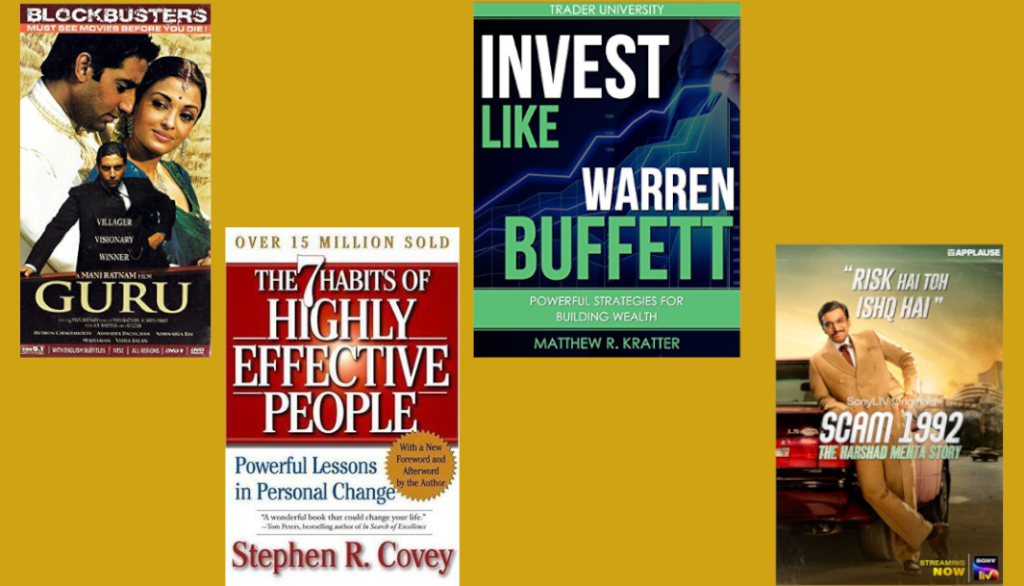
The truth is that the rich become richer by the hard work of others and putting the life of others at risk. The income of the 5 richest people on the planet grew exponentially during the lockdown. While working people lost their jobs and were pushed to the brink of starvation the rich reaped more and more profits. The rich claim to generate employment, set up schools and skill development centres and work towards the progress of the community. However, they do not practice what they preach. Their risks are ensured by public money and most expenses are borne by the public in the first place.
For example let us consider the perks New York had to offer Amazon to ‘convince’ it to build its largest facility in the state. It promised Amazon USD1.525 billion in incentives, including UDS1.2 billion over the next 10 years as part of the state’s Excelsior tax credit. The state also pledged to help Amazon with infrastructure upgrades, job-training programs and securing access to a helipad.
This does not only happen in the USA. The Tatas were provided a soft loan by the government of Gujarat, government of Rs 9,500 crore at 0.1 per cent rate of interest which was to be re-paid in 20 years to set up their Nano plant in the state. A dedicated power connection of 200-KW, 14,000 cubic metre water per day while the 1,100 acres of land for the factory came at Rs 900 per sq m, while its market rate was around Rs 10,000 per sq m.
Read in isolation these seem to be one off events but, the harsh truth is that this is the norm. In Gujarat state alone, Larsen and Toubro was allotted 8,00,000 sq m of prime land in the industrial zone of Hazira, Surat, without auction, at the rate of Re 1 per sq m; the Essar group was allotted 2.08 lakh sq m of disputed land for a steel plant on the CRZ [Coastal Regulation Zone] and forest land that cannot be allotted as per Supreme Court guidelines. In 2012 Reliance Industries paid for land between Rs 21 and Rs 390 per hectare in the state for their plant. That is just one state out of the 29 Indian states.
A non-corrupt Union disrupts this loot of public resources and challenges the skewed power relations between employers and workers. Profits made out of cheap land deals or tax breaks are one-time benefits. The real and continued profits for employers are accrued through exploitation of workers. The land or the machinery does not produce anything on its own. Even the self-learning codes have to be first written by a worker and constantly fed into a computer by a human being. The labour power of people is at the core of the profits of the employers. Thus, companies make bumper profits by suppressing wages of workers, making them work extra time for no extra money or making one worker do the job that should be done by more than one worker thereby creating a jobs crisis.
This rampant exploitation is checked by unions which have long been demanding an 8-hour work day, a living wage, paid holidays, social security and retirement benefits which enable workers to lead a respectable life once they are no longer able to work due to old age, disease or disability. 1 May 2022 marked 136 years of the Haymarket Massacre in Chicago which became a pivotal event for workers across the globe to demand an 8-hour workday and paid leave days.
Data shows that unionised workers on an average get 28% better wages than non-unionised workers. They also receive better healthcare and insurance schemes and retirement benefits which is almost non-existent for workers who are not part of unions.
Then why do workers keep away from unions?
The employers systematically keep us deprived of even the most basic needs. Rampant unemployment and bad paying jobs keep workers vulnerable and force them to toe the line. The fear of slipping into poverty and starvation is the reality for many households.

The employers unitedly fight workers’ efforts to better their lives, and do not let go of the battles they lose. For instance the recently repealed Factories Act, which made way for the Labour Codes, ensured an 8-hour workday. Due to lack of will in implementing the rule of law on the part of the government, a sizable number of workers were forced to work long hours without any extra pay. Even then employers lobbied for a labour code which legalises workdays as long as 12-hours.
Workers and unions have to continuously guard their hard won rights. But the fight can only be fought together, by joining forces.
Employers have understood the power of unions, it is time for the workers to realised the might of the unions in fighting employers and securing a dignified life. And remember the lines of revolutionary poet, Gorakh Pandey,
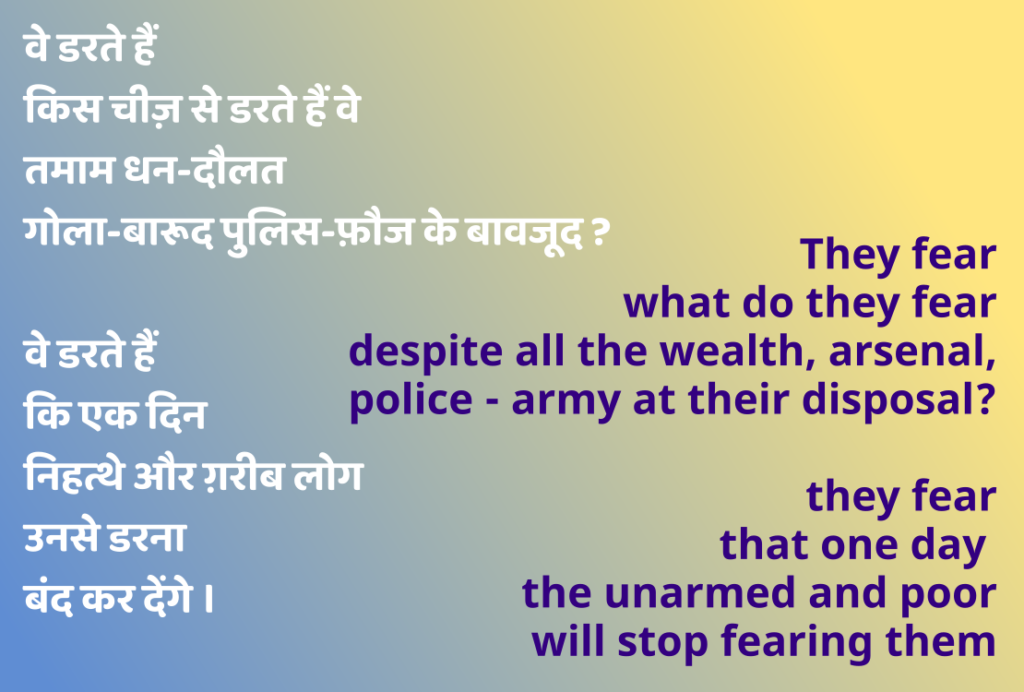
Working people must unionise to make true this nightmare of the capitalists and claim all that is rightfully theirs.

